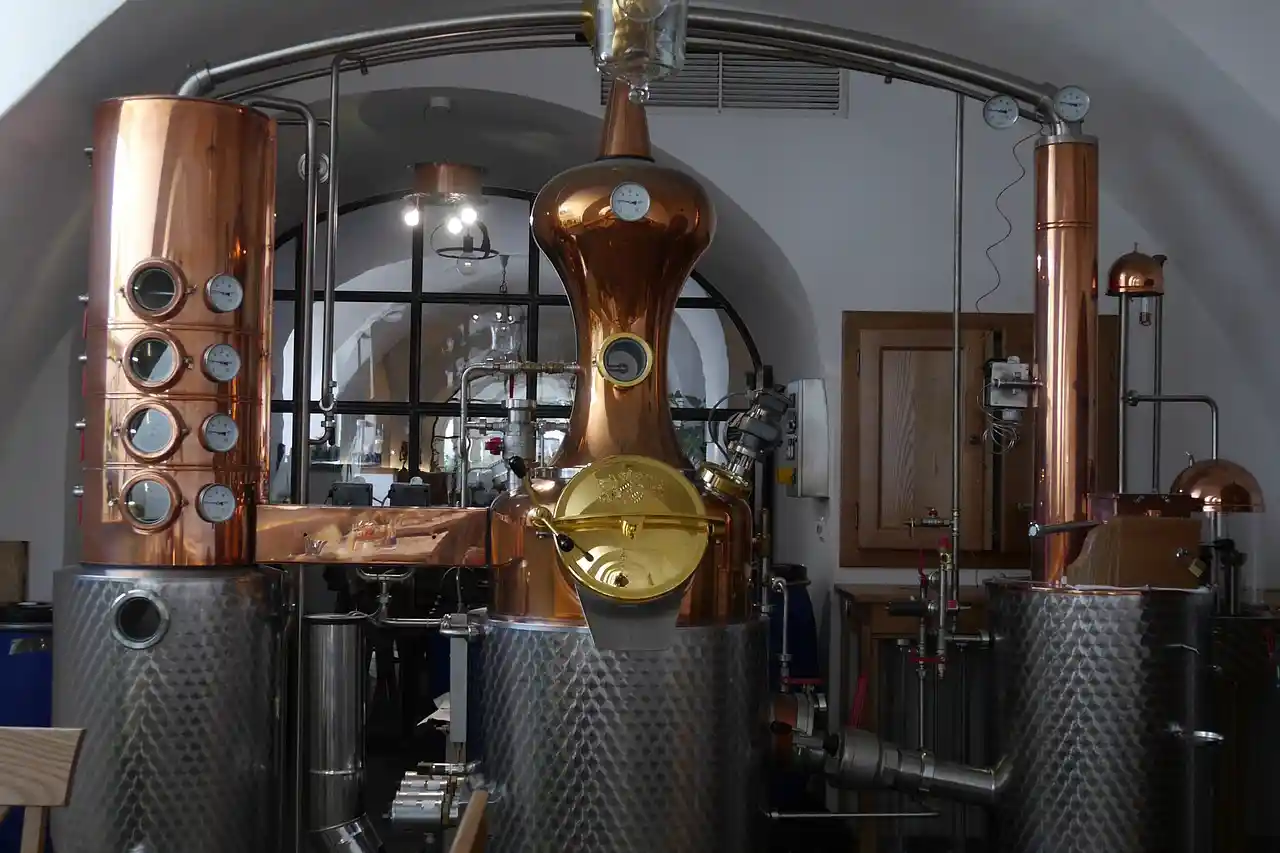Distilling, the process of separating and purifying liquids through evaporation and condensation, has been around for centuries. It has been used for various purposes such as creating perfume, medicine, and even explosives. However, one of the most well-known applications of distilling is in the production of alcoholic beverages. In this article, we will explore the history of distilling, how it evolved, and its impact on modern-day alcohol production.
Early Distilling Methods
The origins of distilling are not entirely clear, but it is believed to have been practiced as early as 2000 BC in Mesopotamia, where it was used to create perfumes and medicine. The Chinese also developed early distillation methods for medicinal purposes around the same time. In Europe, the Greeks and Romans were known to have produced distilled beverages as early as the 1st century AD.
Alchemy and Distilling
During the Middle Ages, distilling became associated with alchemy, a philosophical and protoscientific tradition that aimed to transform base metals into gold. Alchemists believed that distilling was a way to extract the pure essence of a substance, which could then be used to create elixirs and potions with healing properties.
The Emergence of Distilled Spirits
Distilled spirits, also known as hard liquor, originated in the Middle East during the 9th century. The first distilled spirit was made from wine, which was heated and condensed into a higher alcohol concentration. The process spread throughout Europe and became popular in the 14th century, with the production of whiskey in Scotland and brandy in France.
Industrial Revolution and Modern Distilling
The Industrial Revolution brought about significant advancements in distilling technology. The continuous still, invented by Irishman Aeneas Coffey in 1830, allowed for the production of spirits on a large scale. The introduction of column stills, which allowed for greater efficiency and precision, also contributed to the growth of the industry.
Today, the production of distilled spirits is a multibillion-dollar industry that employs millions of people worldwide. Distilling has become an art form, with distillers using a variety of methods and ingredients to create unique and complex flavors in their products.
Conclusion
Distilling has come a long way since its origins in ancient Mesopotamia. It has been used for a variety of purposes throughout history, but it is perhaps best known for its role in the production of alcoholic beverages. The evolution of distilling technology has allowed for the growth of the industry, and it continues to be a popular and profitable business today.
FAQs
How does distilling work?
- Distilling involves heating a liquid to create vapor, which is then cooled and condensed back into a liquid form. This process separates and purifies the desired substance from the rest of the liquid.
What is the difference between whiskey and brandy?
- Whiskey is made from fermented grains such as barley, corn, or rye, while brandy is made from fermented fruit juice such as grapes or apples.
Is distilling legal?
- In many countries, including the United States, it is legal to distill alcohol for personal use, but it is illegal to sell it without a license.
How long does the distilling process take?
- The length of the distilling process depends on the type of liquid being distilled and the equipment being used. It can take anywhere from a few hours to several days.
What is the difference between a pot still and a column still?
- A pot still is a traditional method of distillation that involves heating a liquid in a large vessel and collecting the vapor as it rises. A column still, on the other hand, uses a series of columns to separate the liquid into its component parts based on boiling points, resulting in a more efficient and precise process.



